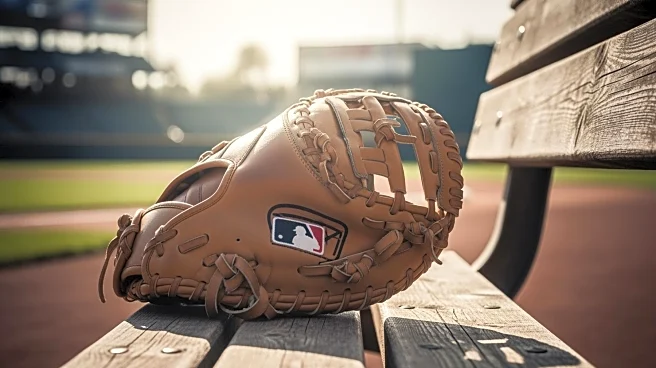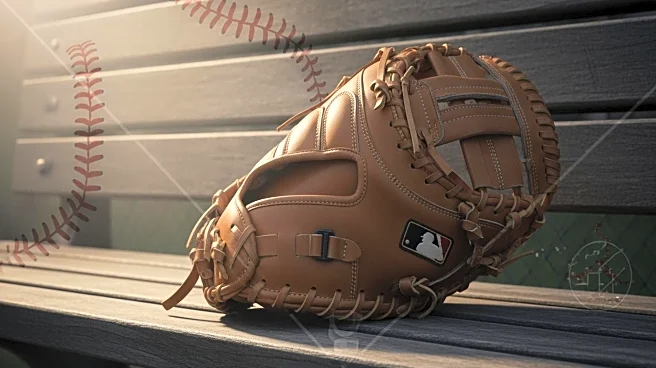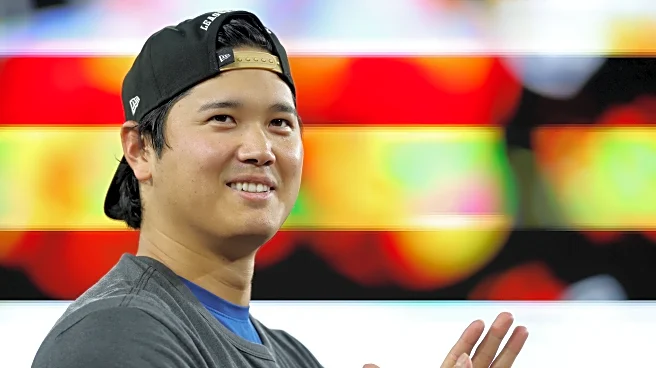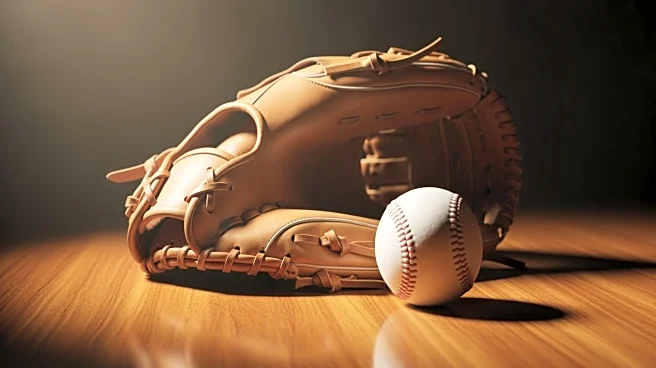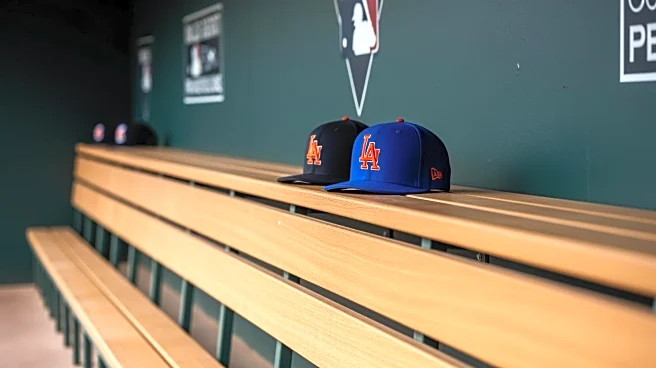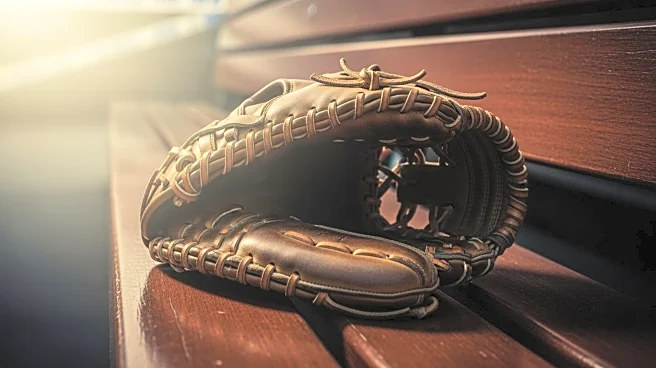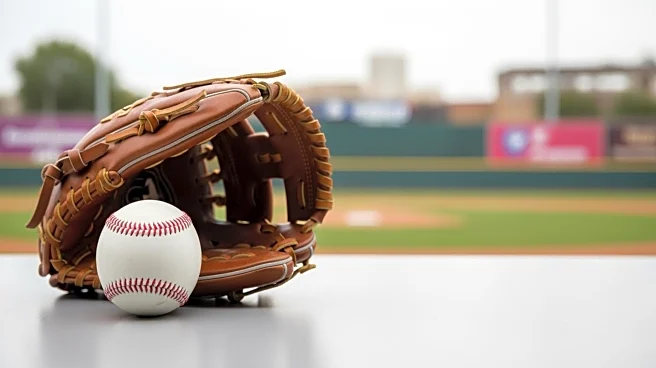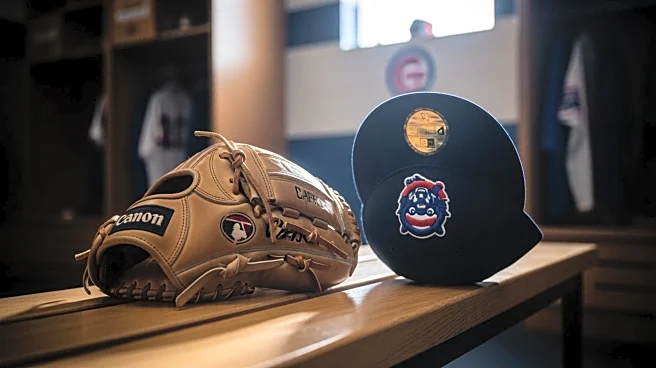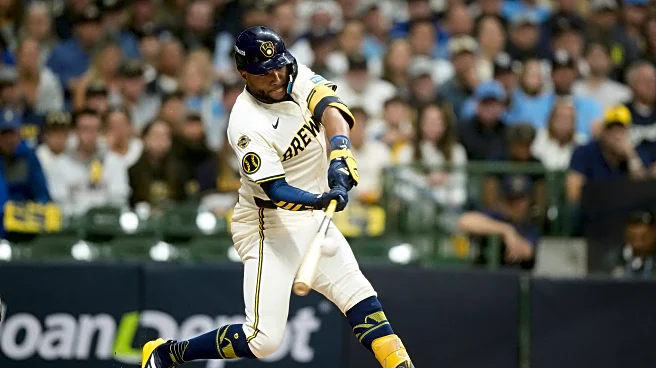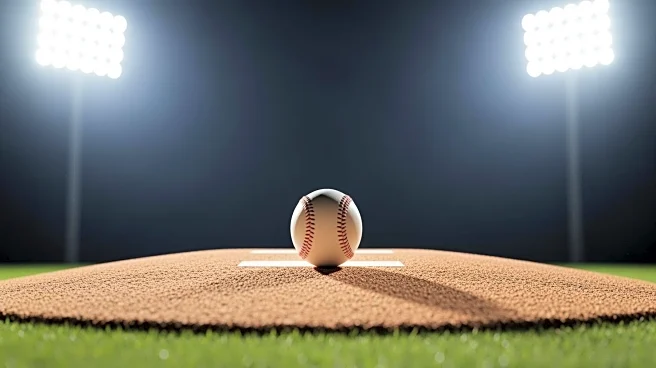What's Happening?
Martin Maldonado, a veteran catcher known for his defensive prowess, has announced his retirement from Major League Baseball after a 15-season career. Maldonado played 64 games for the San Diego Padres
in 2025 and accumulated 1,230 games throughout his career. He was awarded the American League Gold Glove in 2017 and played for several teams, including the Milwaukee Brewers, Los Angeles Angels, Houston Astros, Kansas City Royals, Chicago Cubs, and Chicago White Sox. Maldonado caught three no-hitters and was part of two immaculate innings in a single game in 2022. He expressed gratitude for his career in a heartfelt Instagram post, thanking baseball and his supporters.
Why It's Important?
Maldonado's retirement marks the end of a significant career in MLB, particularly noted for his defensive skills as a catcher. His departure may impact teams looking for experienced catchers with strong defensive capabilities. Maldonado's career highlights, including catching no-hitters and winning a World Series ring with the Astros, underscore his contributions to the sport. His retirement may also influence the Padres' roster decisions, as they recently designated him for assignment and released him, indicating a shift in their team strategy.
What's Next?
The Padres will need to consider their options for filling the gap left by Maldonado's retirement, potentially looking for new talent or adjusting their current lineup. Other teams may also reflect on their catcher positions, considering Maldonado's defensive legacy as a benchmark. Fans and analysts will likely discuss Maldonado's career achievements and his impact on the teams he played for, as well as the broader implications for MLB's catcher roles.
Beyond the Headlines
Maldonado's retirement highlights the challenges faced by veteran players in maintaining performance levels and securing positions in competitive teams. It also raises questions about how teams manage aging players and the balance between experience and emerging talent. The ethical considerations of player treatment and career transitions in professional sports may be explored further.


